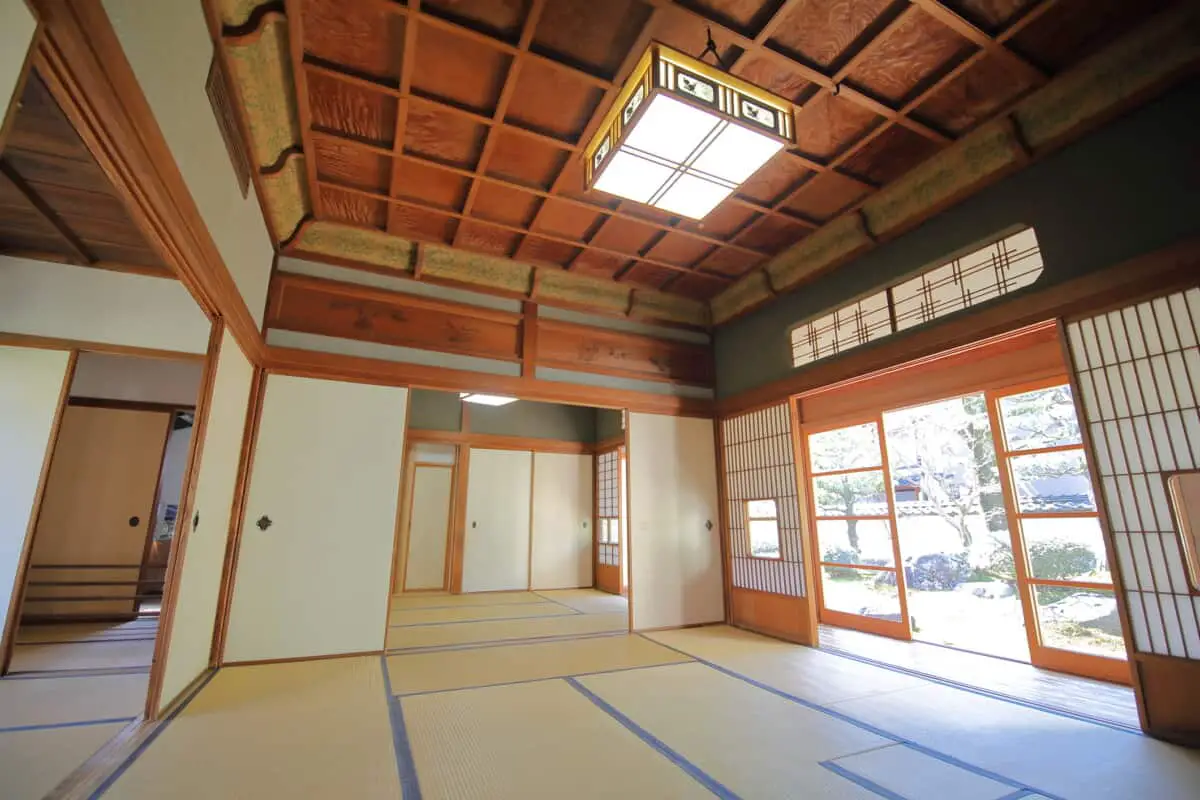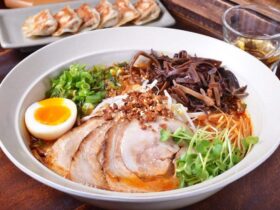The Ultimate Guide to Traditional Japanese Housing
Japanese residential structures (Minka) are categorized into four kinds of housing before the modern versions of Japanese homes.
- farmhouses (noka)
- fishermen’s houses (gyoka)
- mountain houses (sanka)
- urban houses (machiya)
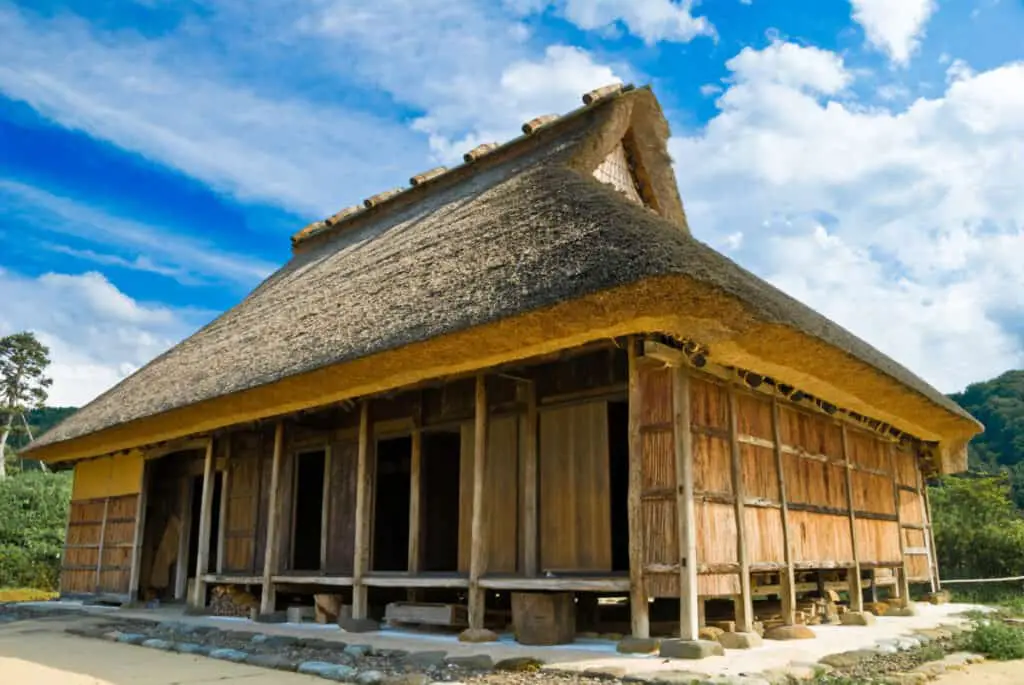
When you think of a traditional Japanese house, you likely picture the embodiment of authentic Japanese architecture typically seen in the movies. If that’s the case, you’re correct.
This traditional style of Japanese housing, otherwise known as Minka, is a mastery of architecture. Blending modern trends with traditional nods to Japanese culture, the style of these Japanese houses is simply stunning.
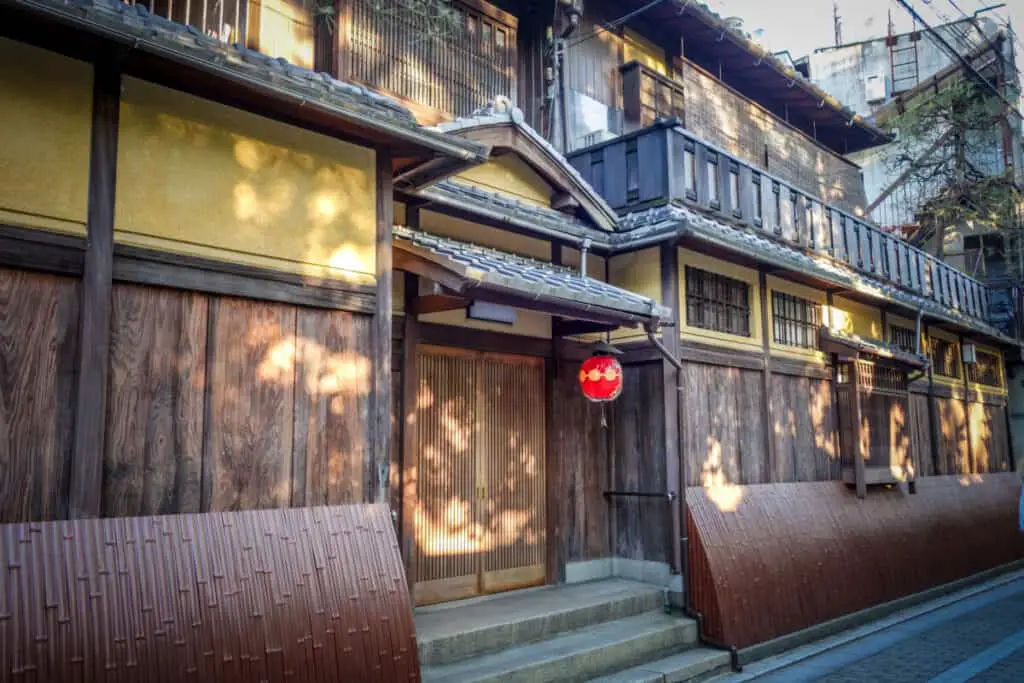
Unlike many common living spaces in the west, traditional Japanese housing takes a slightly different approach. Not only does the design of a traditional Minka take into consideration the genuine charm but also the functionality of everyday life, but now and for future reconstruction.
Because of this unique approach, there are several features exclusive to Japanese housing that you wouldn’t otherwise recognize in western architecture. With that said, Japanese design and architecture have become a popular trend in recent years in the western world, with more and more individuals emulating their homes after the Minka tradition.
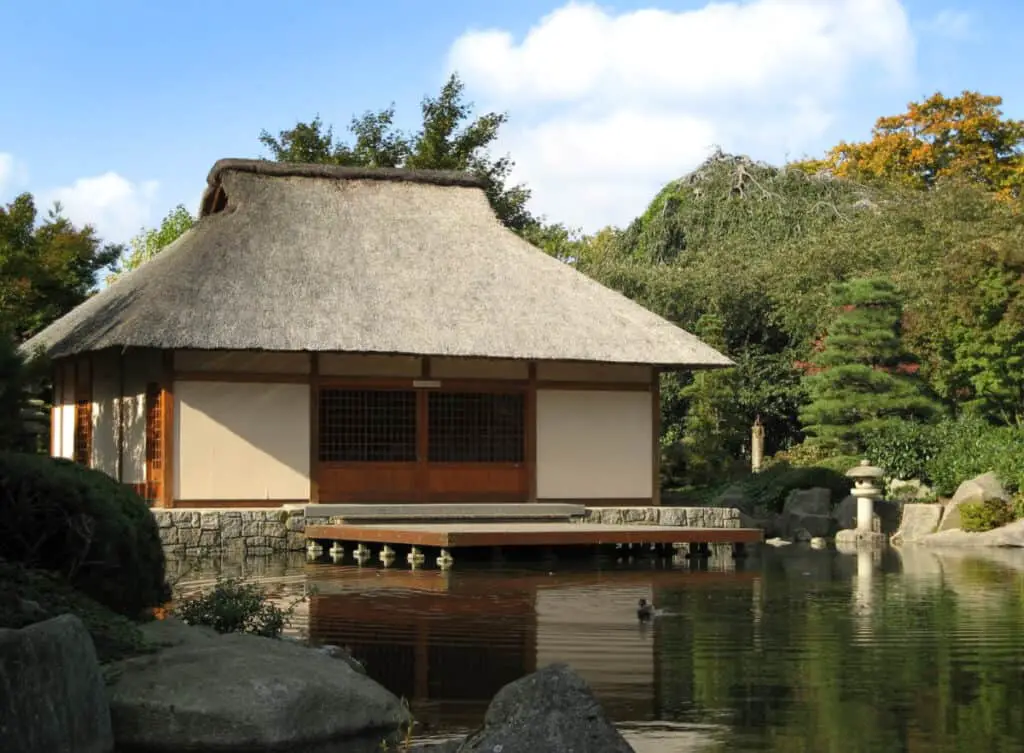
In what follows, we’ll discuss the several unique features exclusive to traditional Japanese housing, its purpose, and its history of why the said feature was first implemented.
It goes without saying that traditional Japanese housing is absolutely stunning; a true work of art and architecture.
The Primary Purpose of Minka Design
There are several unique features of traditional Japanese housing, it’s important to understand why they’re designed the way that they are. Aside from its original roots in history and culture, the Minka has the primary intention of maximizing space and promoting functionality and practicality within the living space.
Not only is space maximization imperative to living in a large, crowded country like Japan, especially within the major cities, but it’s also a nod to the morality of Japanese culture always striving for minimalistic living, hence the down-sized, yet fully optimized living spaces.
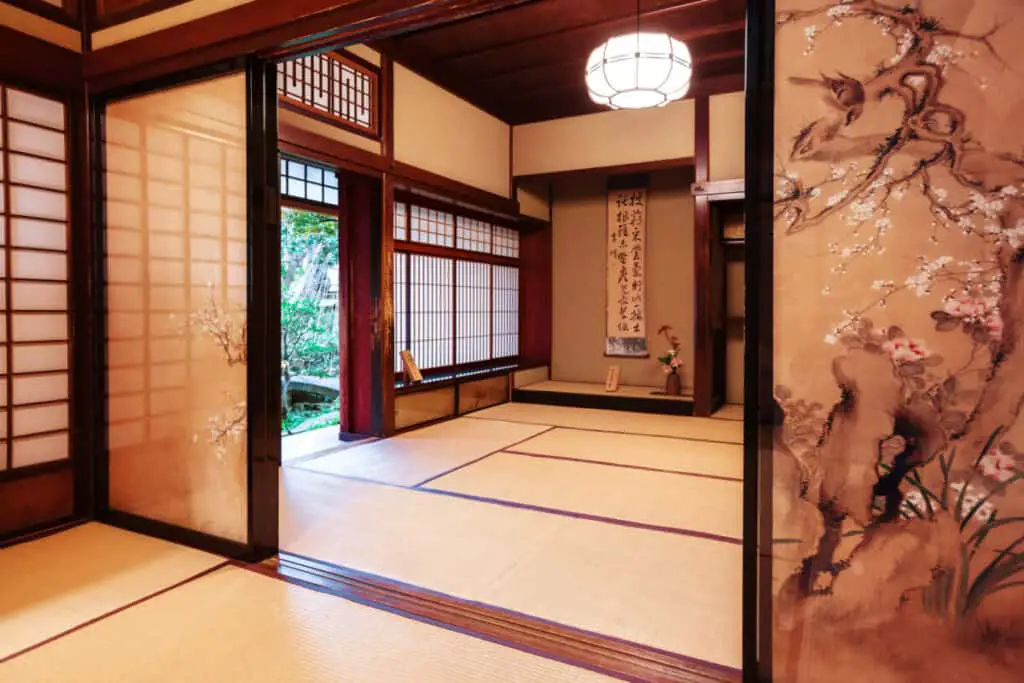
This is largely why Minka’s are designed with easily replaceable materials and dual-functional housing structures such as sliding walls to optimize the smaller space that they’re working with.
This leads us to the second primary purpose of traditional Japanese housing: functionality and practicality.
By maximizing the space and constructing implements that act as dual-purpose furniture pieces, Minka’s are able to act not only as a comfortable living space but also as a functional and practical living space. One example of this would be utilizing large glass walls to allow for natural lighting instead of investing in many unnecessary light fixtures.
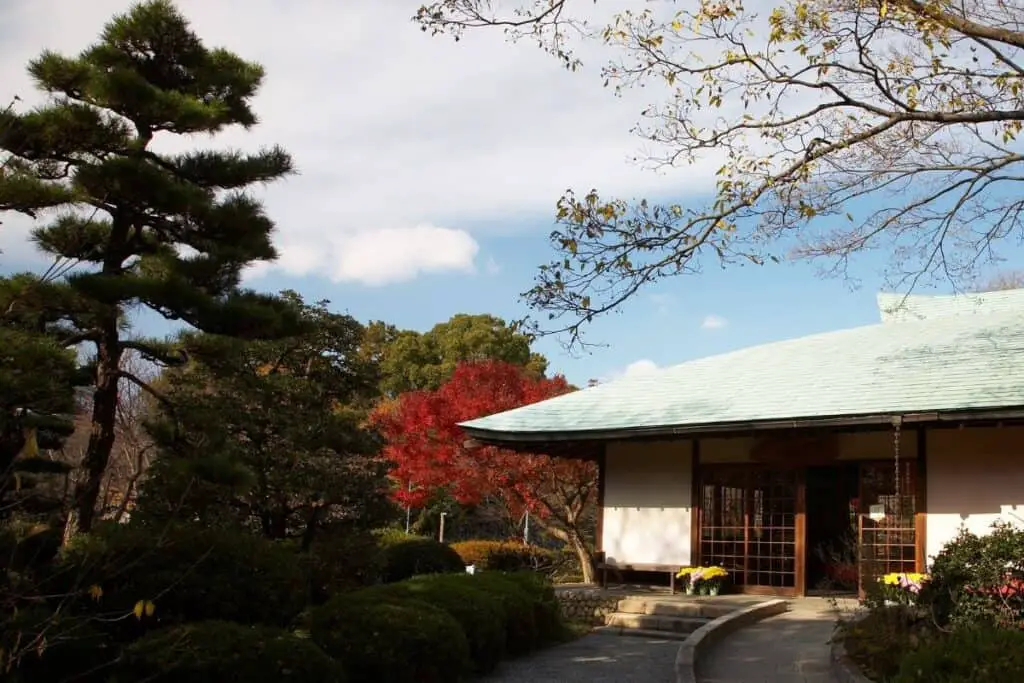
Locals living in Minka’s also tend to choose furniture with intention rather than just aesthetic appeal.
Common Features of Traditional Japanese Housing
Shoji
A Shoji is, at its most basic, a sliding wall of sorts, constructed with translucent paper instead of window glass. This not only provides homes with a customizable space but also a means of enjoying natural light without the excessive brightness one would experience through a typical glass window.
A Shoji as a sliding panel or wall can be found in both the interior and exterior of a traditional Minka.
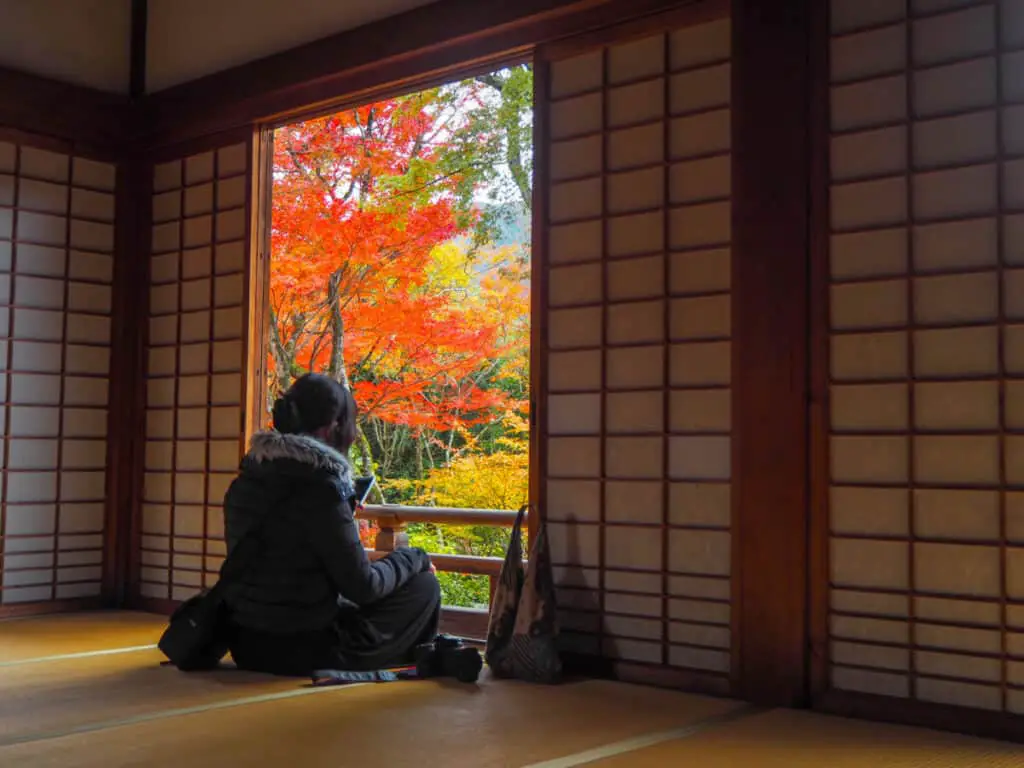
Fusuma
Another common feature of traditional Japanese homes is Fusuma’s, another type of sliding wall. Instead of diffusing light, a Fusuma allows for a practical, functional, and totally customizable way to transform a space.
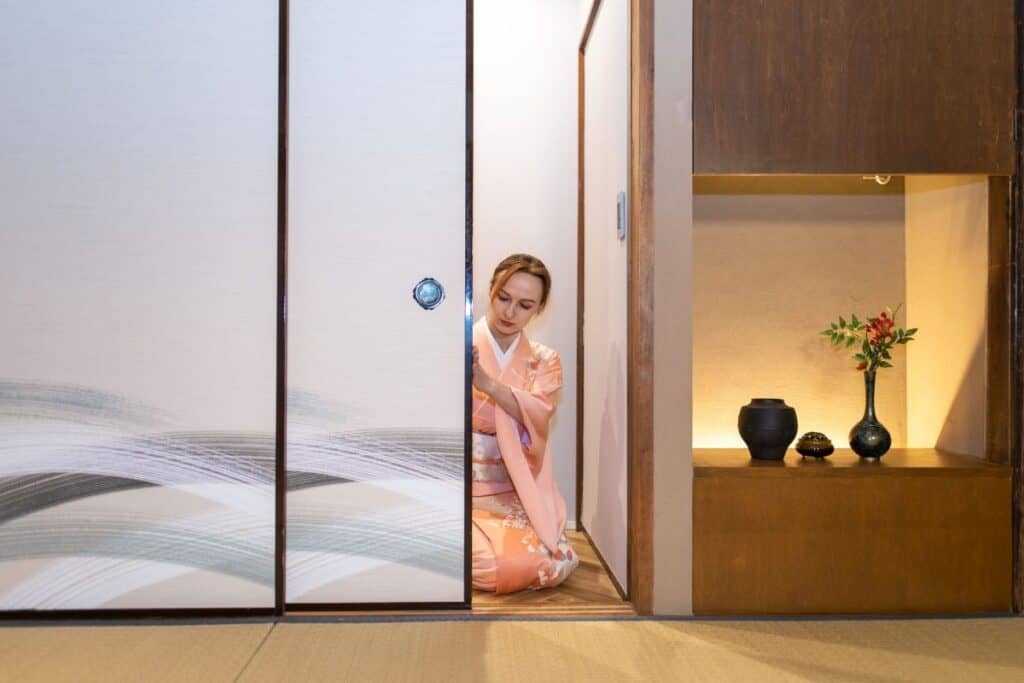
Engawa
As you’ll see on the majority of Minka’s, a fully functional, wrap-around hallway of sorts. This is known as an Engawa. Not only constructed for the enjoyment and protection from the outdoor elements, but also used in a more traditional sense as a divider between the exterior and interior of the Shoji.
If nothing else, an Engawa acts as a beautiful veranda that can be enjoyed by its owners.
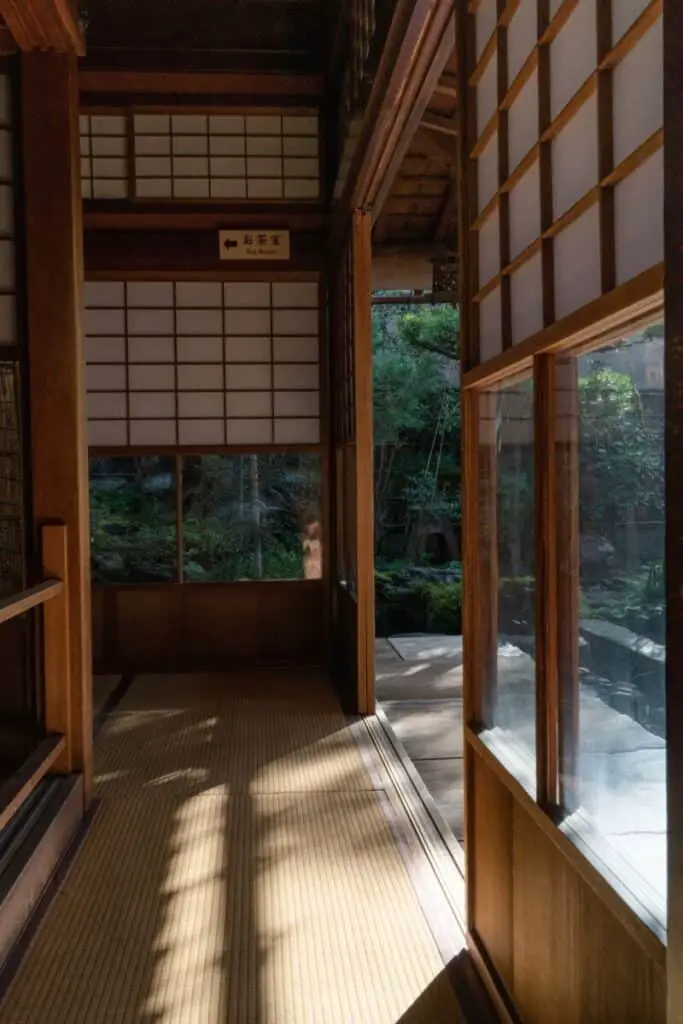
Amado
Because of the openness of a typical Minka, Amado’s are a necessary feature for protection from storms and inclement weather. Acting as a storm wall (or storm shutter), an Amado seals the home from the outside world and acts as a secondary means of privacy.
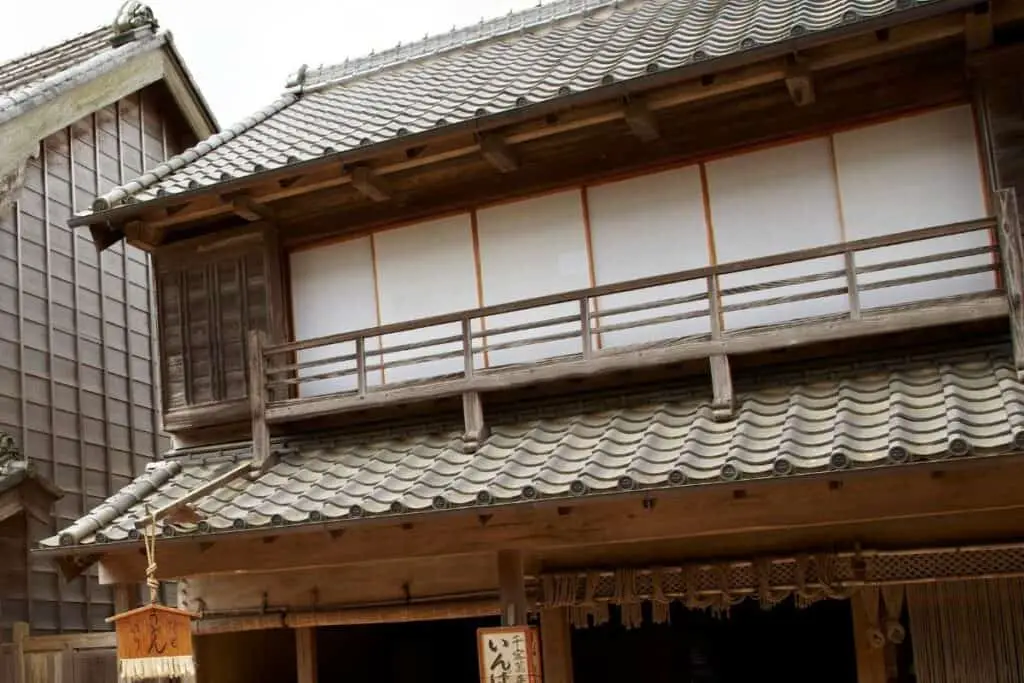
Wagoya
A uniquely constructed Minka typically involves the use of Wagoya; a method of carpentry performed without the use of nails. Instead, complex wood joints are structurally formed post and beams are held together by specialized joinery. Not only is it a functional and necessary means of building a Minka, but also acts as a sound design feature of the home.
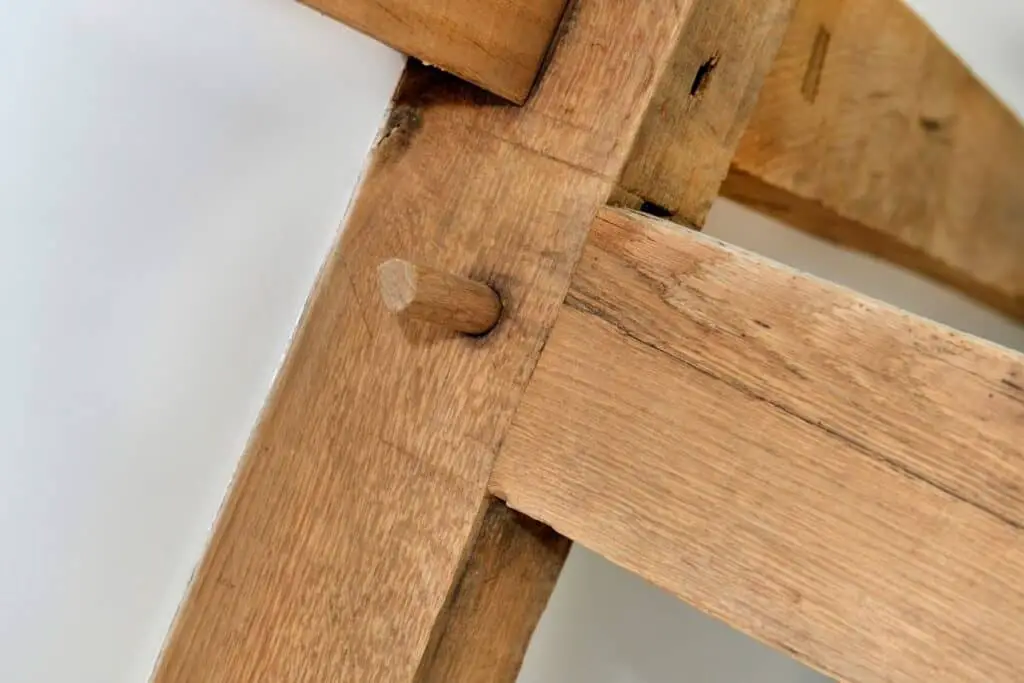
Tatami Floors
Traditional floors found in Minka’s are largely curated from rice straw. This highly common floor is not only for comfort but also for design. Most importantly, they promote Japanese traditions like sitting “seiza”, praying, and sleeping on the floor.
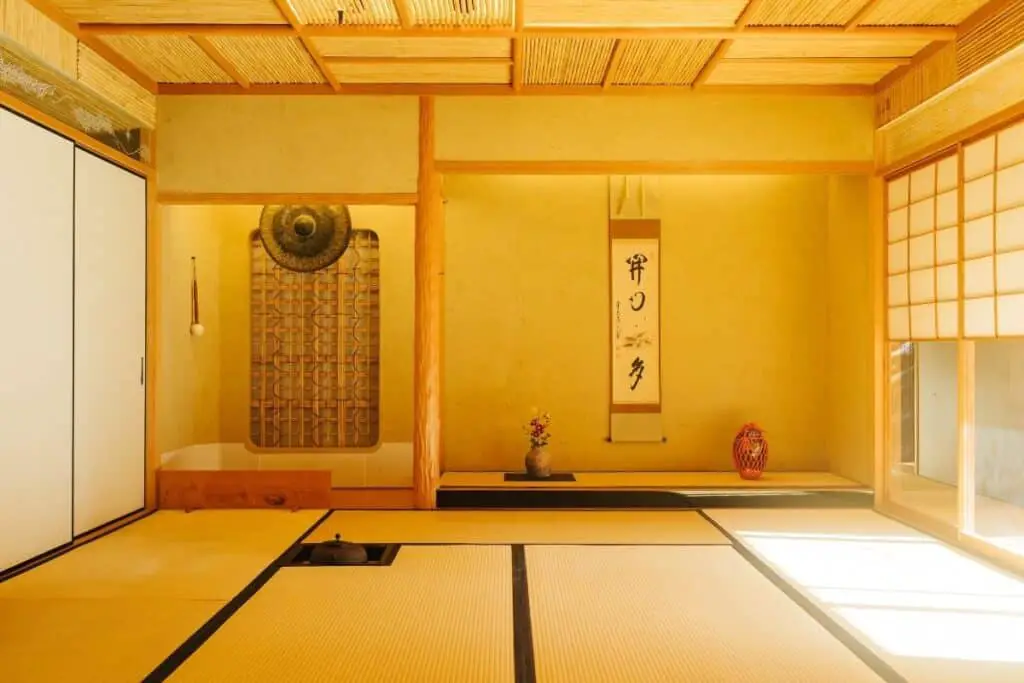
In Summary
Traditional Japanese housing is one of the most unique architectural pieces of art that there is. With the versatile approach to design, making a name for itself both in the modern world and historic past, Minka’s provide those living in them with a sustainable, comfortable, and functional property.
Among foreigners moving to Japan many choose to buy and restore these quickly disappearing homes for their own. Most Japanese prefer modern homes with amenities to make life easier.
Traditional Japanese housing, or Minka’s, has deep roots in Japanese history and culture, but also provides a means of art, architecture, and design. Lastly, it provides functional and practical living spaces for those who choose to live in them.

